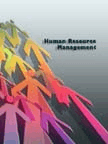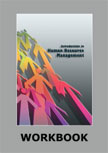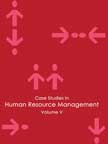The Indian Call Center Journey |
ICMR HOME | Case Studies Collection
» Human Resource and Organization Behavior Case Studies Please note: This case study was compiled from published sources, and is intended to be used as a basis for class discussion. It is not intended to illustrate either effective or ineffective handling of a management situation. Nor is it a primary information source. |
||||
ExcerptsCall Center BasicsIn 2001, the global call center industry was worth $ 800 mn spread across around 100,000 units. It was expected to touch the 300,000 level by 2002 employing approximately 18 mn people. Broadly speaking, a call center was a facility handling large volumes of inbound and outbound telephone calls, manned by 'agents,' (the people working at the center). In certain setups, the caller and the call center shared costs, while in certain other cases, the clients bore the call's cost. The call center could be situated anywhere in the world, irrespective of the client company's customer base... Indian Call Centers - Myths and Realities
Future ProspectsThe Indian call center majors were trying to handle the labor exodus through various measures. Foremost amongst these was the move to employ people from social and academic backgrounds different from the norms set earlier. Young people passing out of English medium high schools and universities and housewives and back-to-work mothers looking for suitable opportunities were identified as two of the biggest possible recruitment pools for the industry.
ExhibitsExhibit I: Call Center Terminology |
Case Studies Links:-
Case Studies,
Short Case Studies,
Simplified Case Studies.
Other Case Studies:-
Multimedia Case Studies,
Cases in Other Languages.
Business Reports Link:-
Business Reports.
Books:-
Textbooks,
Workbooks,
Case Study Volumes.



